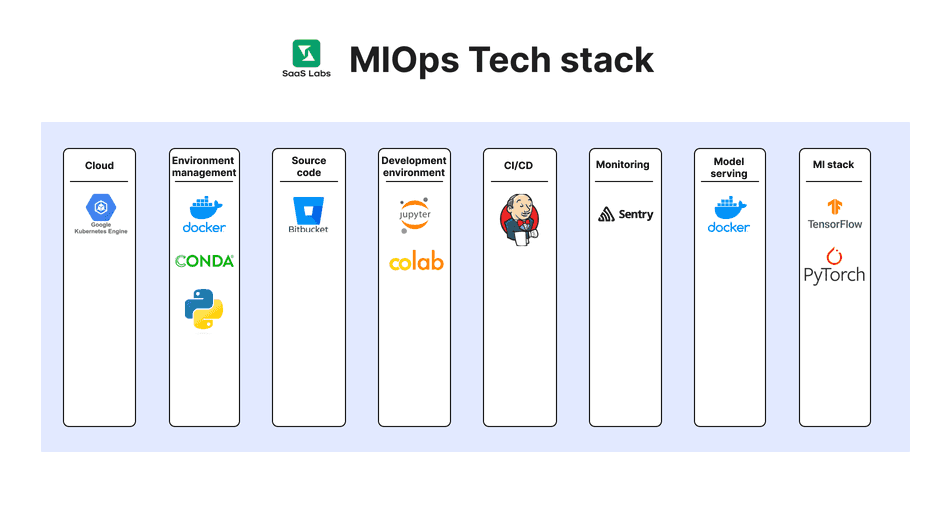#Introduction
Over the past year, we have witnessed a remarkable transformation in the industry, as artificial intelligence (AI) has transitioned from being perceived as niche and technical to being embraced by businesses worldwide. Its adoption has become widespread across various industries.
At SaaS Labs, we embarked on an AI journey just a year ago, armed with enthusiasm and a determination to succeed. With no prior experience in the AI space, we relied on relentless exploration and a commitment to learning from industry leaders. Today, we are proud to share our progress and the framework that has empowered us to develop and deploy over 10 AI models within a year, which now form an integral part of our product suite, including Justcall iQ, Justcall, & Helpwise giving us an unfair advantage in the industry.
#The Power of Exploration
When starting from scratch, it can be overwhelming to navigate the complex world of AI. We recognized the need to immerse ourselves in the latest industry trends, insights, and best practices. Our team actively sought out and devoured numerous articles, research papers, and case studies to gain a deeper understanding of AI fundamentals. We also engaged in meaningful conversations with established experts who graciously shared their knowledge and experiences. This relentless exploration became the bedrock of our success.
#Building the Framework
Armed with newfound knowledge, we set out to create a robust framework that would enable us to develop and deploy AI models quickly and efficiently. Our aim was to establish a process that would support scalability while maintaining high standards of quality and reliability.
#1. Data Collection and Preparation
In data collection, we gathered relevant data from public sources and modified it to suit our specific use case. Our team played a vital role in refining and preparing the data for training our AI models. This meticulous process ensured the quality and accuracy of our models.
#2. Development & testing.
During the development and testing phase, we utilized tools such as Jupyter Notebook and Google Colab to build our models. Our approach was flexible, and we explored various solutions to find the optimal fit for our needs. In some cases, we employed virtual machines (VMs) for training our models, and we also explored the capabilities of Vertex AI. While we continue to search for the ideal solution that can fulfill all our use cases, our focus remains on finding the perfect fit to meet our specific needs and drive optimal results.
#3. Deployment and Scalability.
In deploying our AI models and ensuring scalability, DevOps team played a crucial role. We leveraged technologies such as Docker, Google Kubernetes Engine (GKE), Jenkins, and Bitbucket. Docker enabled easy deployment, while GKE provided a scalable environment. Jenkins automated our CI/CD processes, and Bitbucket facilitated efficient source code management. With the help of our DevOps team and these tools, we successfully deployed and scaled our AI models
#Realizing Our Unfair Advantage
The fruits of our labor quickly became evident as we witnessed the successful deployment of over 10 AI models across our products within a year. Our framework streamlined the development process, reducing time-to-market and increasing efficiency. With each new model, our knowledge base expanded, allowing us to tackle more complex challenges and deliver even greater value to our customers.


